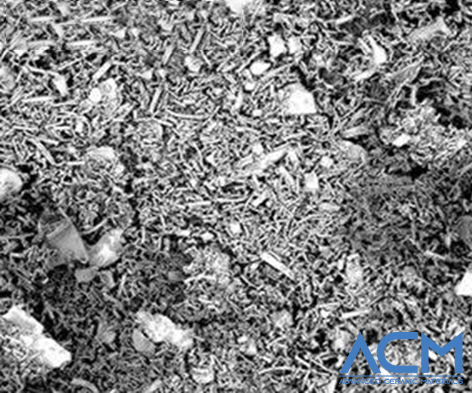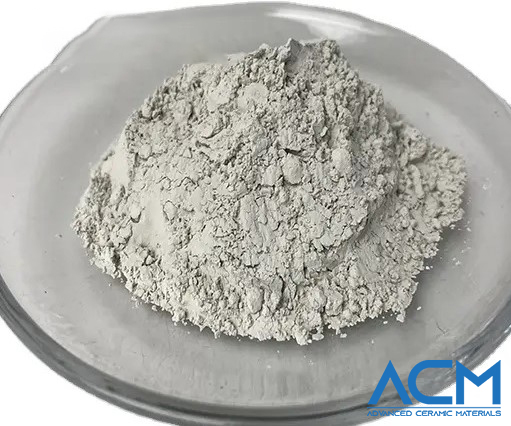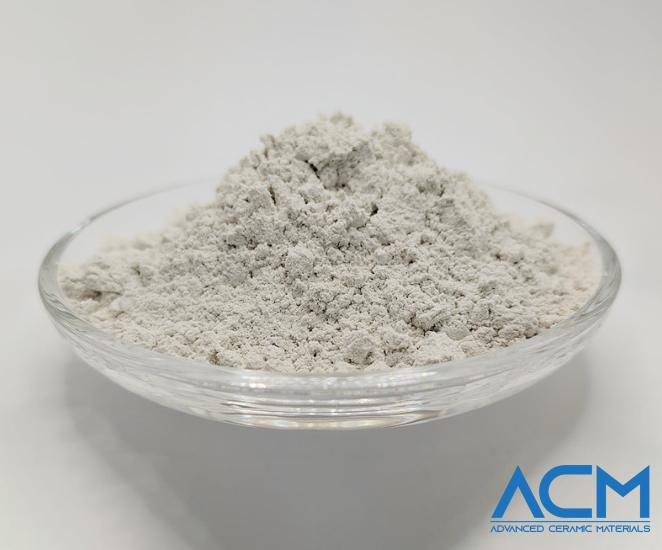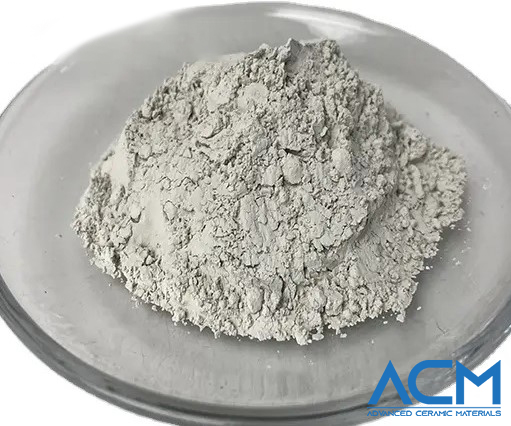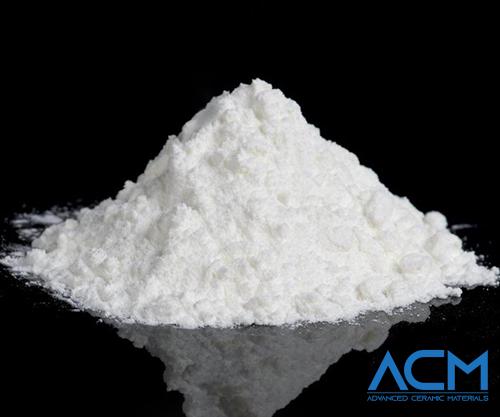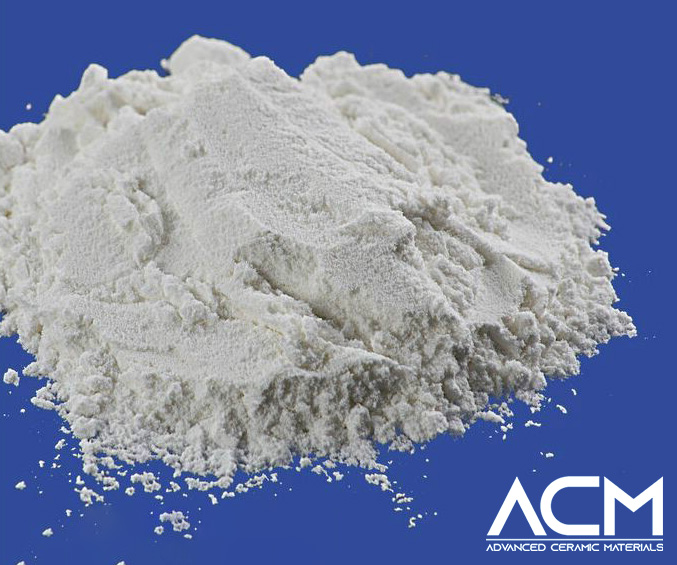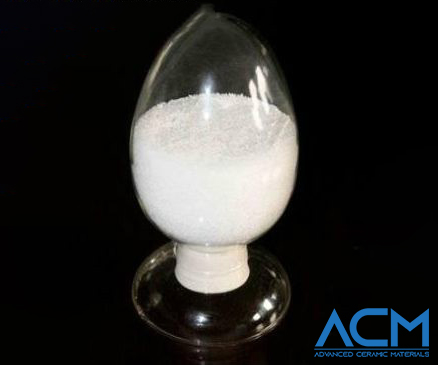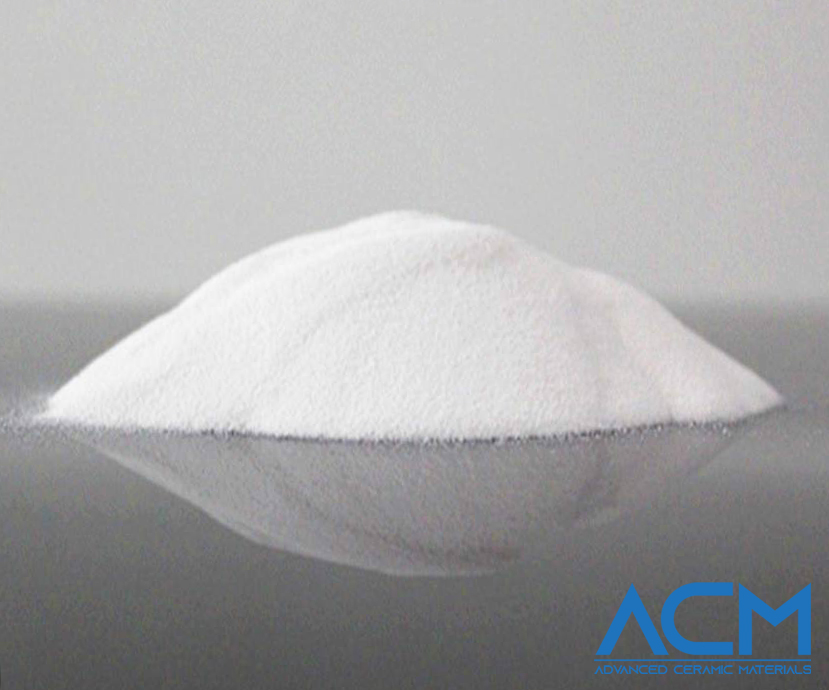(Discontinued) ZR3120 Zirconium Oxide Milled Nanofibers
- Catalog No. ZR3120
- Compositions ZrO2+Y2O3≥99.5%
- Fiber diameter 200-800 nm ± 100 nm
- Max. Temperature 2200 ℃
Inquiry
(Discontinued) ZR3120 Zirconium Oxide Milled Nanofibers
Zirconium Oxide Milled Nanofibers Description
Zirconium Oxide Milled Nanofibers consist of ultrafine fibers composed of zirconium oxide, also called zirconia or zirconium dioxide. Zirconium oxide, a remarkably stable ceramic material, showcases outstanding mechanical, thermal, and chemical properties.
These nanofibers are produced through the advanced "colloid method," involving the creation of thickened zirconia colloid, which is then spun into a fiber embryo body. Subsequent steps include dehydration, drying, and crystallization through medium and high-temperature heat treatment, forming zirconia polycrystalline fiber.
The unique characteristics of Zirconium Oxide Milled Nanofibers arise from their nanoscale dimensions and remarkable surface area-to-volume ratio. These fibers exhibit improved properties such as heightened strength, enhanced electrical conductivity, and increased reactivity compared to traditional zirconium oxide materials. Leveraging the exceptional high-temperature attributes of ZrO2, including a high melting point and oxidation resistance, ZrO2 fibers surpass other refractory fiber varieties like alumina fiber and Molaid fiber in terms of performance.
Zirconium Oxide Milled Nanofibers Specification
|
Composition |
ZrO2+Y2O3≥99.5% |
|
Max Working Temp. (℃) |
2200 |
|
Melting Point (℃) |
2715 |
|
Density (kg/m3) |
80 |
|
Typical Size of Crystallites |
10-150mm |
|
Primary Crystallite Size |
monoclinic and tetragonal |
Zirconium Oxide Milled Nanofibers Application
Zirconium Oxide Milled Nanofibers have diverse applications across various fields, encompassing catalysis, sensors, fuel cells, biomedical devices, and high-temperature coatings. The expansive surface area and distinctive morphology of these nanofibers render them well-suited for incorporation into advanced materials and applications within the realm of nanotechnology.
Zirconium Oxide Milled Nanofibers Packaging
Zirconium Oxide Milled Nanofiber is carefully handled during storage and transportation to preserve the quality of our product in its original condition.
Request a Quote
-
Attachment (Optional)
No file chosen









